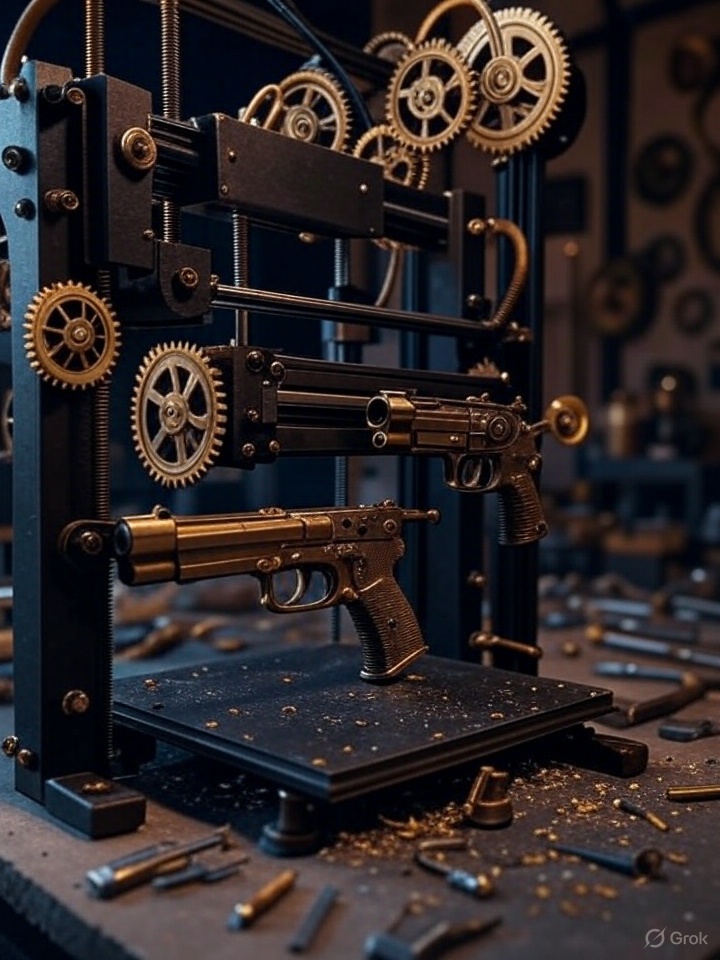A team of researchers from the University of Illinois has discovered that every 3D printer leaves a distinctive "fingerprint" on the objects it produces, opening new possibilities for tracking their origins. This breakthrough could revolutionize quality control and combat the illicit use of 3D-printed products, including weapons.
 To achieve this, the researchers developed an AI-powered tool capable of identifying 3D printers with an impressive accuracy of 98%. The tool analyzes microscopic imperfections on the surface of printed objects, which are unique to each printer, much like a human fingerprint. These subtle defects, invisible to the naked eye, are consistent enough to serve as a reliable identifier.
To achieve this, the researchers developed an AI-powered tool capable of identifying 3D printers with an impressive accuracy of 98%. The tool analyzes microscopic imperfections on the surface of printed objects, which are unique to each printer, much like a human fingerprint. These subtle defects, invisible to the naked eye, are consistent enough to serve as a reliable identifier.
The AI model was trained on a dataset of 9,192 images of parts printed by 21 different 3D printers from various brands, utilizing four distinct 3D printing technologies. By examining these images, the tool learned to detect patterns in the microscopic flaws, enabling it to pinpoint the specific printer used to create an object.
This discovery has significant implications. It can enhance quality control in industries reliant on 3D printing by ensuring the traceability of printed products. More critically, it offers a powerful method to address the growing concern of illegally 3D-printed firearms and other prohibited items.
By linking objects to their source printers, authorities could more effectively track and regulate the production of such items.
 Also read:
Also read:
- Rhode’s Evolution: From Hailey Bieber’s Spotlight to a Robust Influencer Network
- LinkedIn Surges as a Top Priority for Western SMMs, Trailing Just Behind Instagram
- Zuckerberg and Palmer Luckey Reunite: A New Era of AR/VR for the U.S. Military with Anduril
As 3D printing continues to grow in accessibility and application, this technology provides a vital tool for ensuring accountability and safety in the industry, paving the way for more secure and transparent manufacturing processes.






